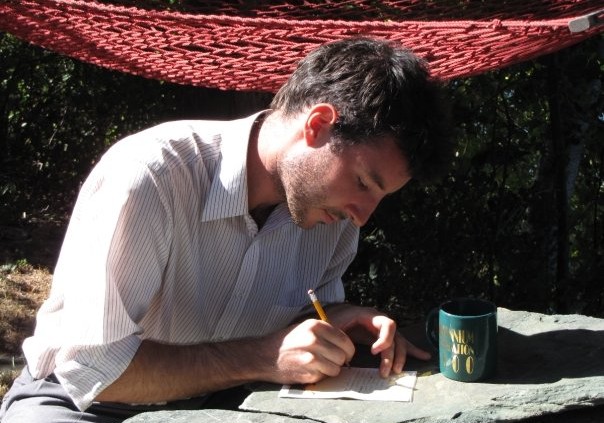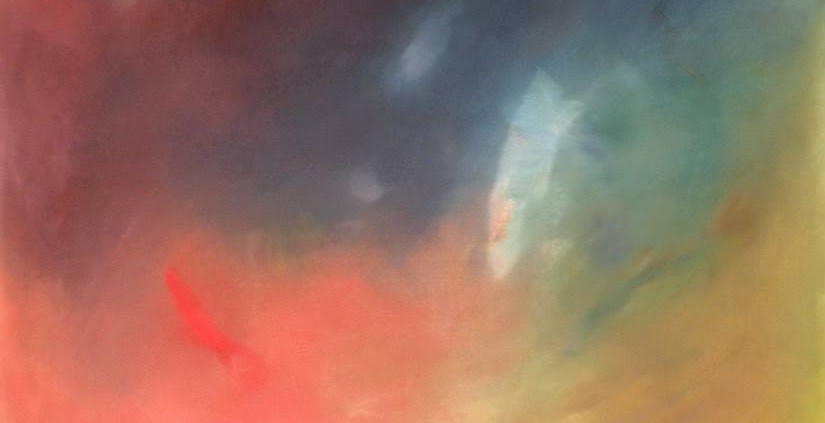About four years ago I was traveling through Italy, biking, farming, and just generally exploring life. I didn’t have a lot of direction other than south, but life felt good. As I started seeing more hamlets and monasteries on the tops of cliffs and mountains, I realized something: I needed a mentor. I felt that my life could go all sorts of wild places, and that it would be valuable to have a wise soul to guide me through the process.

This is actually Greece, but you get the idea. Same trip, at least. The Meteora.
I made a note of this in my journal and promptly forgot about it for several years. I never sought out any person or community that I thought would be able to guide me through my explorations, and nothing materialized on its own. I didn’t think about a mentor in a serious way until a few weeks ago. Instead of renewing my resolve to find a guide, however, I realized that I have already been seeking the advice and lessons from numerous mentors.
“Self-help” has a terrible ring to it. It is full of negative connotation, an admission that one isn’t able or competent enough to deal with the difficulties of life. It doesn’t even make sense – it isn’t self-help if someone else is telling you how to do it. And a lot of it is probably garbage, especially considering the number of shelves dedicated to it at the bookstore. Luckily for me, none of the sources I was using called themselves “self-help”, so I snuck in without realizing where I had gone.
Over the last year or so, I’ve been drawing from a number of sources, gradually improving my life and state of mind. I feel that I’m now reaching a new stage of contentment and freedom in my self, and I am excited to see where things lead from here. The other day I was describing to a friend that the daily vocal training I’m doing was creating all sorts of new openness and range in my voice. I realized that this was in fact true of my whole life.
So what have I been doing? I’m tackling some of the skills I’ve wanted to have for a long time, but never really practiced, and I’m being open to good advice where I find it. Some of the people I’ve drawn the most from are:
Jason Crandell for yoga. I do yoga almost everyday on my own, listening to his podcast. Little things like folding your palms in front of your chest and lifting the skin over your sternum make a huge difference in the practice. When I got these they were free, but it looks like you might have to pay for them now.
Ken Perlman for guitar. I came upon his Fingerstyle Guitar book by chance, and have followed it with his advanced book. I’m playing guitar in ways I couldn’t have imagined a few years ago. Also, what a mustache.
Betty Edwards for drawing and perception. I’ve written about Drawing On the Right Side of the Brain before (here and here), and it has allowed huge leaps in my perception and ability to recreate that on a page.
Steve Pavlina for consciousness and inspiration. This guy might be a wacko, or he might be full of wisdom (or probably somewhere in between), but either way his ideas have inspired me. His blog posts often sound hokey, but they have definitely got me thinking and actively pursuing life.
Timothy Ferriss for fitness, confidence, and life/time management. This is the 4-Hour Workweek and 4-Hour Body guy. Not everything in those books makes sense for every person, but some of his suggestions are spot on, and his workouts are surprisingly effective.
Brett Manning for singing. I just started his speech-level singing course about 5 weeks ago. He’s super cheesy in an L.A./Hollywood way, but like I said, all sorts of new openness and range. Very expensive, unless you can borrow it from a friend.
This week I also started working through Julia Cameron‘s The Artist’s Way. It’s a spiritual approach to nurturing creativity. I’m excited about it – even reading the introduction made me want to sit down and paint all day.
The fear with seeking advice and guidance from strangers is that their thinking will take over your life and you’ll end up joining a cult or something. This is more true of the life-coach type sources than the skill-specific ones. I think the key here is to take it all with a grain of salt and to draw from multiple sources simultaneously. Doing so makes it a lot easier to distinguish the good ideas from the fluff without necessarily buying into an entire lifestyle. The fact that they are mostly free (or available at a library) helps. I definitely don’t have plans to pay for this kind of advice any time soon. Again, specific skills are a bit different.
While I would still be open to having some kind of personal mentor, I feel that I’ve found a workable alternative through these various sources, and I’m sure there are plenty more I haven’t found yet (and I welcome suggestions – especially on writing, painting, and song-writing). I’m continuing to cobble together a kind of personal philosophy, and I expect to be doing so my whole life. It’s exciting and fulfilling. Still, I’d rather not call it “self-help.”




